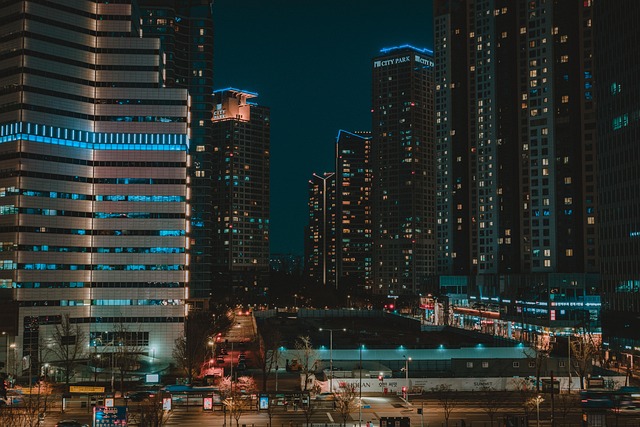Karachi's mosques, dating back to 1725, are integral to its history and cultural identity. These structures blend traditional Islamic architecture with modern influences, serving as focal points for worship and community life. Many historic mosques remain prominent landmarks, attracting locals and tourists alike. Clifton, a vibrant Karachi neighborhood, is renowned for its iconic mosques that foster unity among diverse communities. Conservation efforts, led by local communities and heritage organizations, are crucial to preserving these architectural marvels amid rapid urbanization.
Exploring the mosques of Clifton, Karachi, reveals a rich historical tapestry woven into the modern urban landscape. This vibrant neighborhood boasts iconic structures that stand as architectural marvels, reflecting the diverse cultural heritage of the city. Beyond their stunning facades, these mosques serve as vital community hubs, fostering a sense of belonging and spiritual connection among residents. However, contemporary challenges threaten their preservation, demanding focused efforts to safeguard these historical treasures for future generations in Karachi.
- Historical Background of Mosques in Karachi
- Iconic Mosques of Clifton: An Architectural Marvel
- Cultural Significance and Community Role
- Challenges and Preservation Efforts in Modern Times
Historical Background of Mosques in Karachi
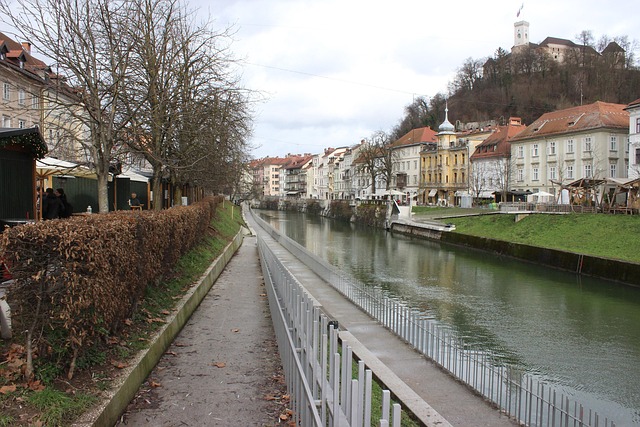
The history of mosques in Karachi, once known as Calcutta, dates back to its founding as a colonial port city in 1725. During this period, Islamic influence began to permeate the region, leading to the construction of several significant mosques that still stand today. These early mosques served not only as places of worship but also as centers for community gatherings and education. As Karachi grew and diversified, so did its mosque architecture, reflecting a blend of traditional styles and modern influences.
Many historic mosques in Karachi are renowned for their intricate designs and artistic value, standing as testaments to the city’s rich cultural heritage. The presence of these ancient places of worship underscores the city’s evolution from a bustling port to a vibrant metropolis, where diverse communities coexist and share a common spiritual space.
Iconic Mosques of Clifton: An Architectural Marvel
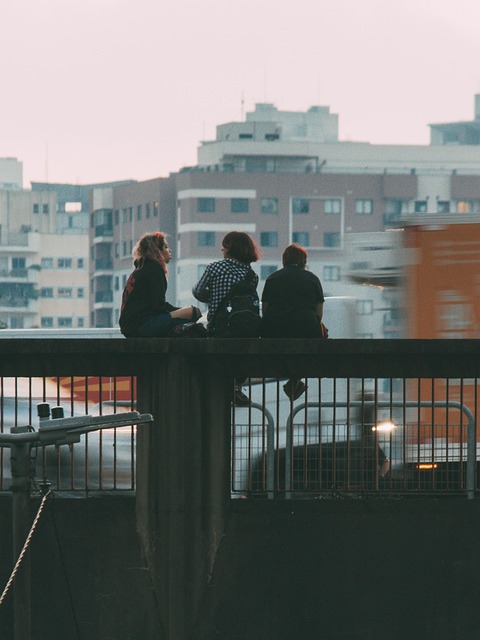
Clifton, a vibrant neighborhood in Karachi, boasts some truly iconic mosques that stand as architectural marvels. These structures not only serve as places of worship but also as cultural landmarks, reflecting the rich heritage and diverse influences of the city. Each mosque is a unique testament to Islamic architecture, blending traditional designs with modern elements in stunning ways.
The mosques of Clifton are known for their grand entrances, intricate tile work, soaring minarets, and beautiful gardens. From the classic Persian-inspired designs to contemporary interpretations, these structures enhance the urban landscape of Karachi. They attract not only locals but also tourists eager to witness these architectural wonders, making Clifton a must-visit destination for anyone interested in exploring the diverse facets of Karachi’s cultural heritage.
Cultural Significance and Community Role
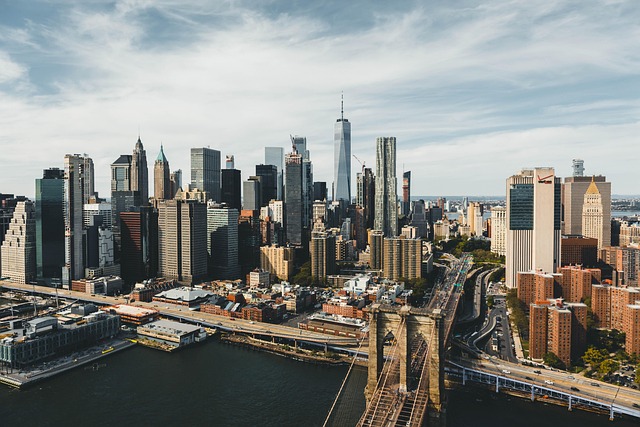
Mosques in Clifton, Karachi, are not just places of worship but serve as vibrant centers that hold immense cultural significance for the city’s diverse community. These mosques often double as social hubs, fostering a sense of unity and belonging among residents from various ethnic and religious backgrounds. They play a pivotal role in shaping the social fabric of Clifton, hosting events, educational programs, and community gatherings that transcend religious boundaries.
The architectural beauty and historical richness of these mosques make them landmarks within Karachi’s landscape. They reflect the city’s evolving cultural tapestry, blending traditional design elements with modern aesthetics. As places where people gather for prayer, learning, and fellowship, mosques in Clifton contribute significantly to the area’s identity, fostering a spirit of coexistence and shared humanity among its diverse inhabitants.
Challenges and Preservation Efforts in Modern Times
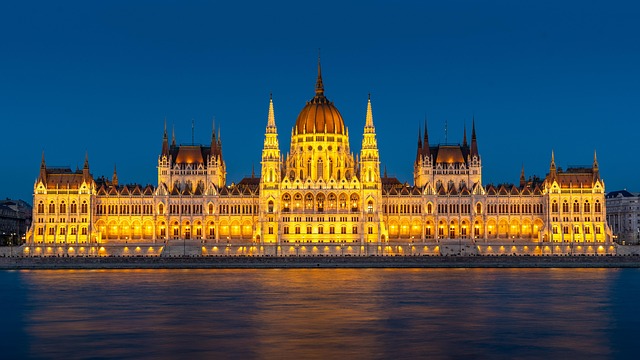
In modern times, Karachi’s mosques face unique challenges, including rapid urbanisation and changing social dynamics. The historic structures struggle to adapt while preserving their cultural and religious significance. Efforts to conserve these architectural marvels have become more critical than ever. Local communities and heritage organisations are actively involved in restoration projects, aiming to protect the city’s Islamic heritage.
These preservation initiatives focus on maintaining the mosques’ traditional design elements, such as intricate carvings and tile work, while incorporating modern sustainability practices. Fundraising campaigns and public-private partnerships play a vital role in securing financial support for these endeavors. Through these collaborative efforts, Karachi aims to safeguard its rich cultural legacy, ensuring that its mosques continue to stand as symbols of faith and community for generations to come.
The mosques of Clifton, Karachi, stand as testament to the city’s rich historical and cultural tapestry. These architectural marvels not only serve as places of worship but also play a vital role in fostering community bonds and preserving Islamic traditions in the bustling metropolis of Karachi. Despite challenges faced in modern times, ongoing preservation efforts ensure these iconic structures remain vibrant centers of spiritual and cultural life, reflecting the city’s diverse and dynamic nature.
